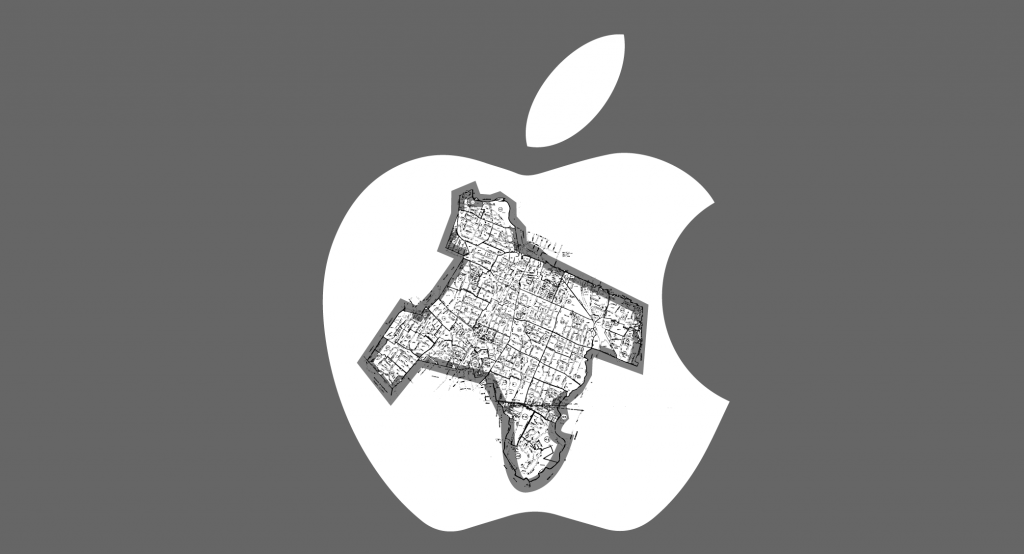If you ask any student at RHS, they will tell you that owning Apple products is the norm. But how did this come to be? The answer lies in Apple’s Brand Community Strategy, which has been particularly powerful at Ridgewood High School.
Apple is a lifestyle, not just a brand. This is facilitated by iOS device compatibility. Buying an iPhone means opening up a world to buying more compatible products like AirPods, Macbooks, or Apple watches. The Apple ecosystem is easy to get pulled into, with similar formats and design across devices. This makes transitioning between Apple products hassle-free, encouraging users to stick with the company. The prominence of these products can easily be observed, whether through students airdropping strangers photos in the campus center, or people walking through the halls wearing Airpods.
In contrast, Android and Windows phones lack Apple’s unique ecosystem. Windows favors customizability over the ready-made iOS format. Apple even dominates in uncustomizable markets, like earphones. Samsung Galaxy Buds cost 30 dollars less than Airpods and has wireless charging, yet for many, the extra money is worth it because the product is designed for use with Siri and can be linked to an iCloud account. A similar situation occurred with the release of the Samsung Gear Watch and Apple Watch.
Although ecosystems encourage consumers to take sides and identify with a particular brand, both Windows and Apple have more directly built brand identities by feuding with each other. In the late 2000s, Apple created a series of “Get a Mac” commercials defining Macbooks as cool and PCs as lame. Windows fired back with some other comparative ads, like Siri vs Cortana. A more recent example is the Windows ad in which a man named Mackenzie “Mac” Book endorses the Microsoft Surface Laptop. This playful feud drives users to feel loyal to their brand, which is so deepingly involved in their day-to-day lives.
Harvard Business Review’s article “Getting Brand Communities Right” states that “often, people are more interested in the social links that come from brand affiliations than they are in the brands themselves.” Nowhere is this desire to build social connections more present than in a high school. Being an iPhone user equates to being included in iPhone-only group chats and having the ability to airdrop to your friends, which limits Android and Windows users to some extent. Although having Apple products does not always mean being social and vice versa, the Apple community makes communication with other Apple devices more convenient for their buyers.
It is important to clarify that the exclusion of Android and Windows consumers is not with malintent. Those green text bubbles that show up when iOS devices message non-iOS users are SMS messages, which cost money on text plans. In this way, the iMessage system encourages Apple users to text iOS users in order to save money.
So is Apple’s strategy a bad thing? Does it hurt Ridgewood’s community for the sake of Apple’s? Probably not. At the end of the day, the convenience of iOS compatible devices and the ease with which seperate users can communicate is why people buy them in the first place.
Alexandra Jerdee
staff writer
Graphic: Aaron Friedman

